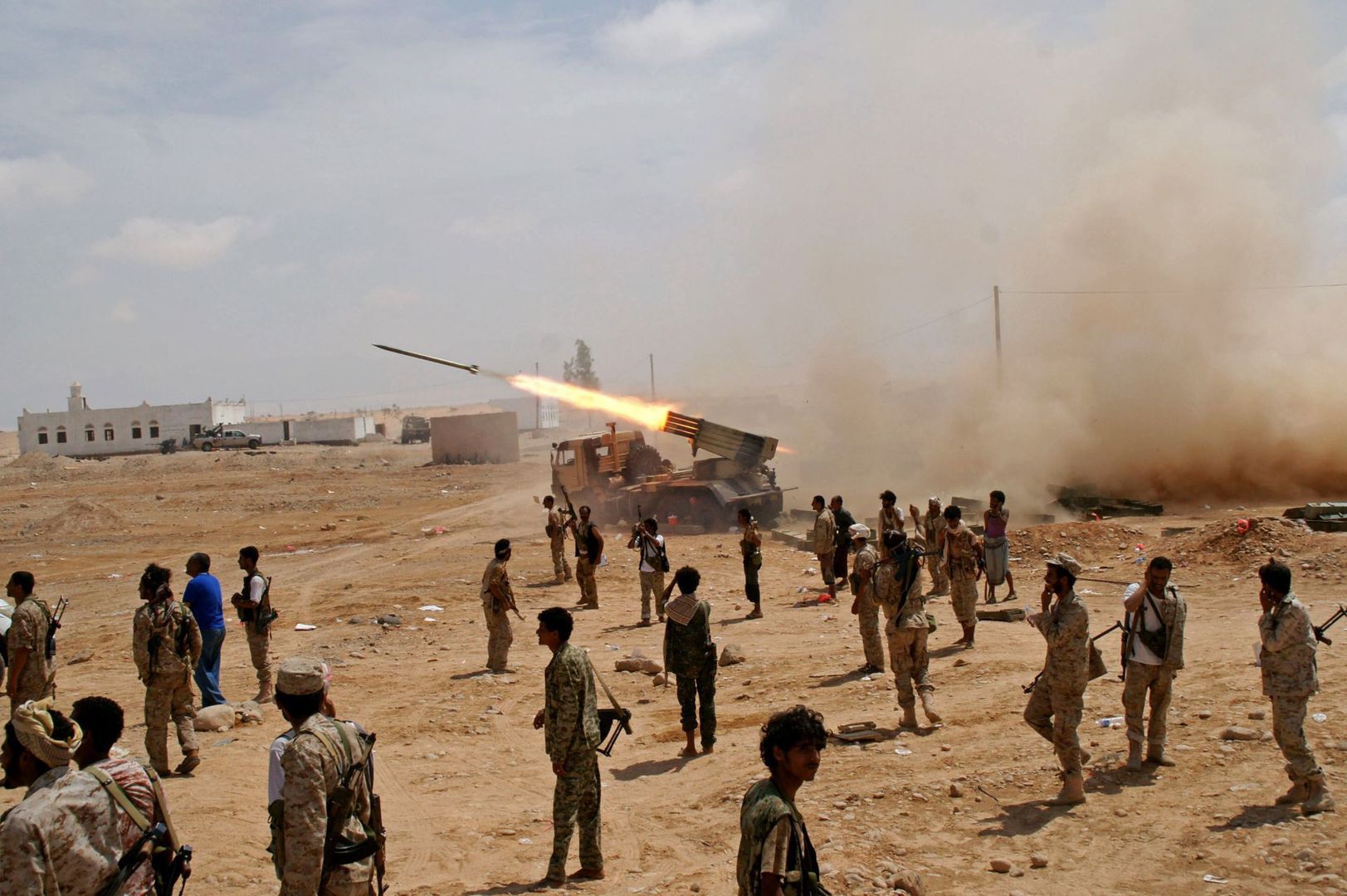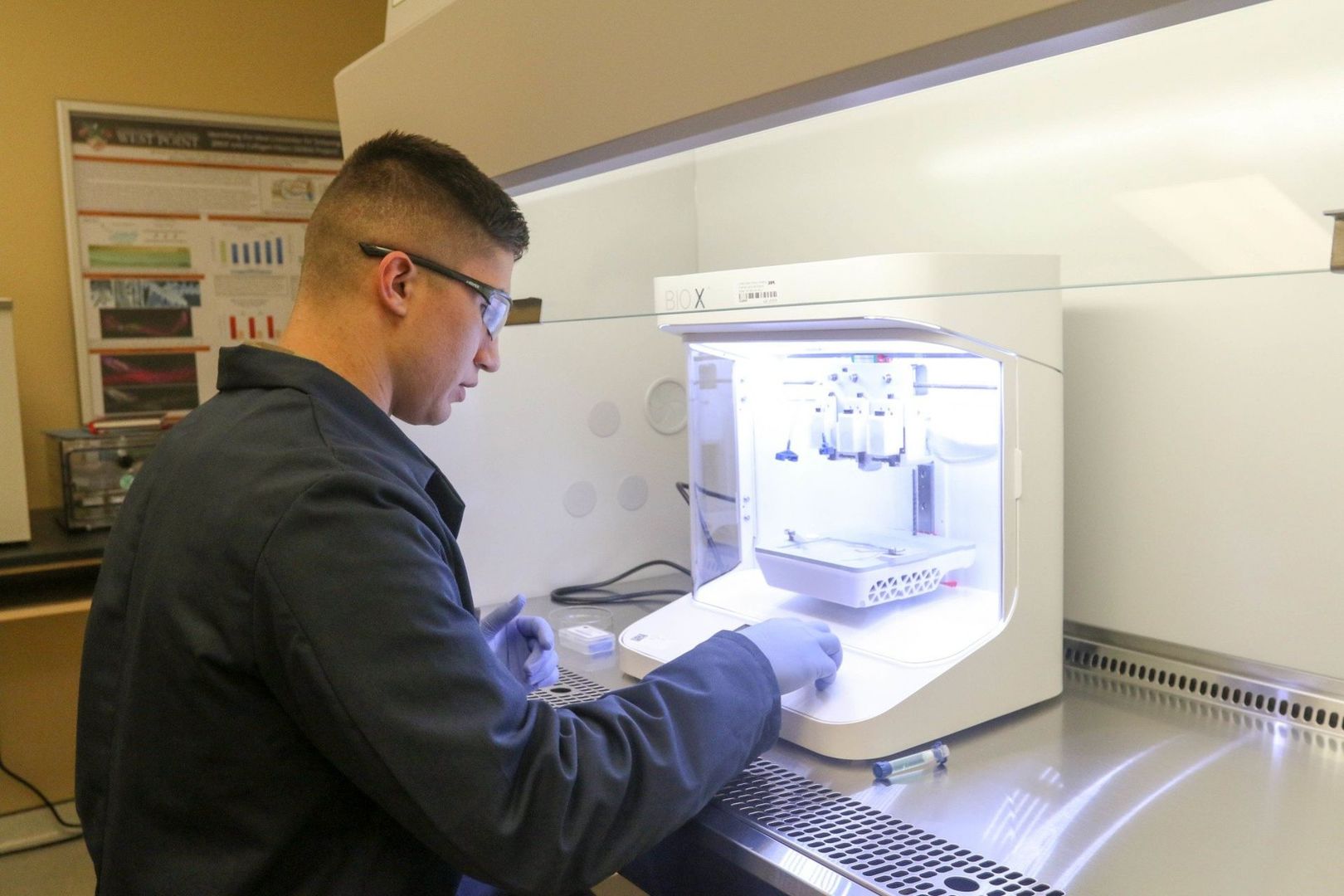Claims that Yemeni rebels shot down a Saudi warplane have spotlighted the increasingly potent Huthi arsenal — cause for alarm in Riyadh as fighting escalates amid faltering efforts to end the five-year conflict.
The Iran-aligned Huthi rebels said they downed the Tornado aircraft on Friday over the volatile northern province of Al-Jawf, in a setback for the Riyadh-led military coalition that has always enjoyed air supremacy in the conflict.
The fate of the two Saudi crewmen who ejected from the plane remains unknown.
The rebels, once dismissed as a ragtag militia, said they hit the jet with an “advanced surface-to-air missile”. The claim followed recent UN reports that the Huthis had received weapons bearing signs of Iranian origin.
Tehran has long denied arming the rebels.
Following the crash, a Huthi spokesman said Yemeni airspace was off-limits and not a “picnic” spot for its enemies.
“This is definitely a cause for alarm for the coalition,” Becca Wasser, a policy analyst at the US-based RAND Corporation, told AFP.
“They need to plan as though this is the new normal and that the Huthis have the capability to shoot down more aircraft, which is going to affect their operations and how they plan their air missions.”
The coalition did not respond to AFP’s request for comment.
‘Iranian assistance’
Saudi Arabia has long asserted dominance over Yemeni air space. The kingdom has faced repeated international criticism for its aerial bombing raids in Yemen that have often resulted in civilian deaths.
But the rebels are countering the threat by bolstering their air defence capabilities, notably with what they call self-made surface-to-air missiles.
“While the Huthis claim a self-produced missile shot down the Saudi Tornado, it remains to be seen whether that is truly the case as this has been an area where they have received Iranian assistance,” said Wasser.
Last year, the Huthis claimed to have downed an American drone with a rebel-made missile. At the time, the US military said it was probing reports of the incident, which came amid heightened tensions between Washington and Iran.
A UN report seen by AFP earlier this month said the rebels obtained new weapons last year with “technical characteristics similar to arms manufactured in the Islamic Republic of Iran”.
The report compiled by a panel of UN experts did not say whether the weapons were delivered directly by the Iranian government.
But earlier this month, Saudi media said coalition air strikes killed four operatives of the Iranian ally Hezbollah, Lebanon’s powerful Shiite movement, close to the rebel-held capital Sanaa.
The presence of Iran-backed operatives in Yemen likely boosted “Huthi preparedness in combating Saudi Arabia’s aerial activity”, Fatima Abo Alasrar, a scholar at the Middle East Institute, told AFP.
“They did not have this capacity five years ago,” she said.
Friday’s events followed fresh clashes in northern Yemen after a months-long relative lull as the warring parties showed an apparent interest in de-escalating the conflict.
‘Open channel’
In November, a Saudi official said Riyadh had an “open channel” with the rebels, with the goal of ending the war.
The Huthis had also offered to halt all attacks on Saudi Arabia as part of a wider peace initiative.
But those efforts appear to be unravelling, with some observers saying the rebels have repeatedly used periods of quiet to bolster their military capabilities.
Meanwhile, Saudi Arabia, which labels the Huthis an Iranian proxy, is looking to extricate itself from the grinding conflict.
Friday’s crash triggered coalition air strikes in the area where the plane went down that were widely seen as a Saudi retaliation. The United Nations said 31 civilians were killed and 12 others wounded.
But the strikes may have had another motive, some analysts say.
“The decision to bomb the crash site was most likely to ensure that key technology did not fall into Huthi hands and increase their ability to better target coalition aircraft,” said Wasser.











